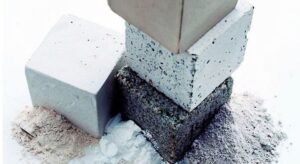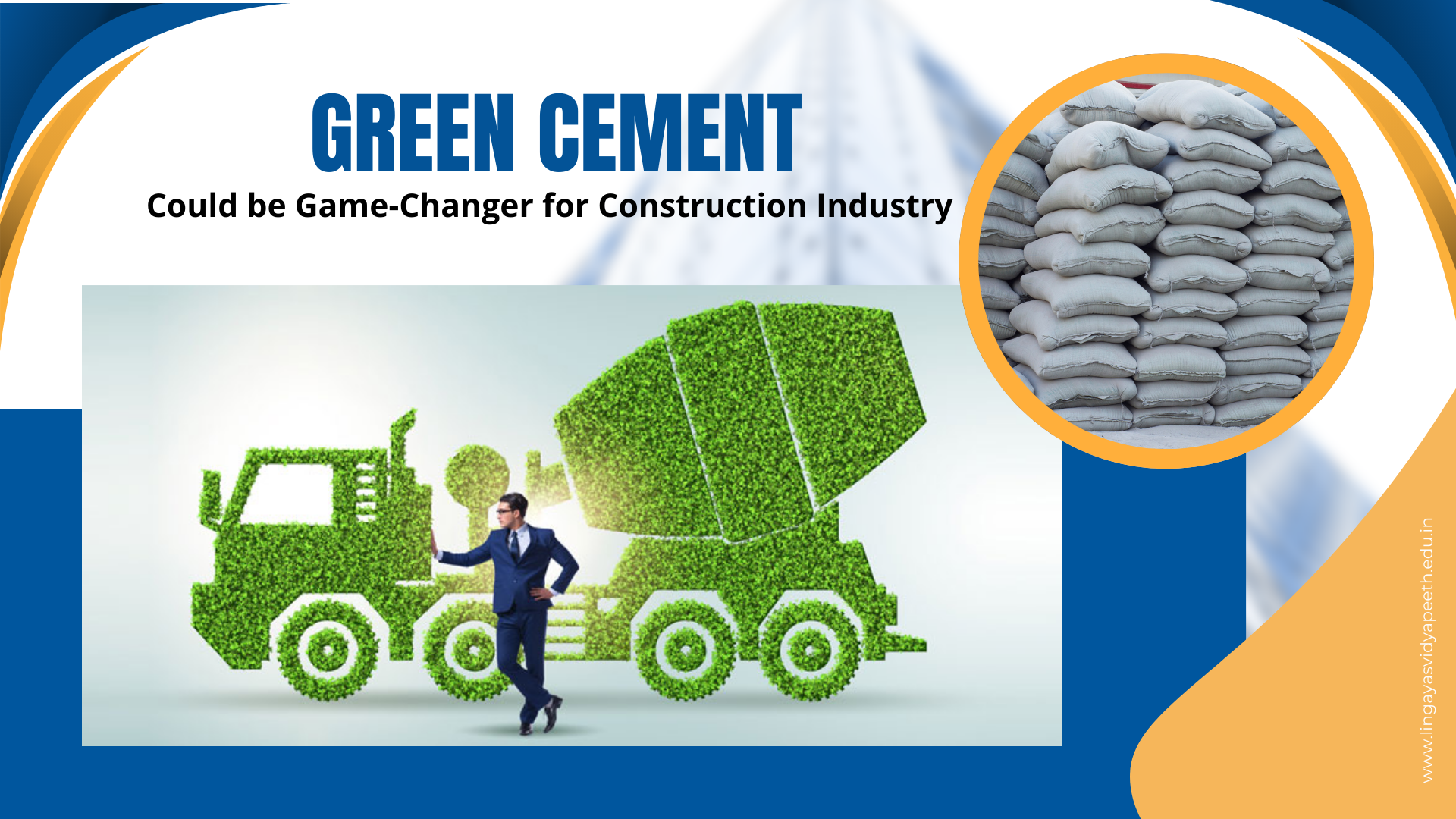In the pursuit of sustainable development, the construction industry faces the imperative to adopt eco-friendly materials and practices. Green concrete emerges as a promising solution, offering a more sustainable alternative to traditional concrete while addressing environmental concerns such as carbon emissions and resource depletion.
“Green Concrete/Cement has the Potential to be a Game Changer in Construction Industry”
Understanding Green Concrete
Green concrete, also known as sustainable or eco-friendly concrete, is a type of concrete that incorporates recycled materials, alternative binders, and innovative manufacturing techniques to reduce its environmental impact. Unlike conventional concrete, which relies heavily on Portland cement- a primary source of carbon emissions, green concrete seeks to minimize carbon footprint, energy consumption, and resource depletion throughout its lifecycle.
Key Components of Green Concrete
- Recycled Aggregates: Green concrete often incorporates recycled materials such as crushed concrete, demolition waste, and industrial by-products like fly ash and slag as aggregates. By diverting these materials from landfills and reducing the demand for virgin aggregates, green concrete conserves natural resources and reduces environmental impact.
- Supplementary Cementitious Materials (SCMs): Green concrete substitutes a portion of Portland cement with supplementary cementitious materials such as fly ash, slag, silica fume, and rice husk ash. These SCMs offer similar binding properties to cement while reducing carbon emissions and energy consumption associated with cement production.
- Alternative Binders: In addition to SCMs, green concrete explores alternative binders such as geopolymers, calcium sulfoaluminate cements, and alkali-activated materials. These binders offer lower embodied energy and carbon footprint compared to Portland cement, making them attractive options for sustainable concrete production.
- Low-Carbon Production Techniques: Green concrete employs low-carbon production techniques such as energy-efficient kilns, alternative fuels, and carbon capture technologies to minimize emissions during cement manufacturing. By optimizing production processes and reducing energy consumption, green concrete manufacturers mitigate their environmental impact and contribute to climate change mitigation efforts.
Factors Affecting Strength of Concrete

Benefits of Green Concrete:
- Reduced Carbon Footprint: By employing recycled materials and alternative binders, green concrete significantly reduces the embodied carbon emissions associated with concrete production.
- Conservation of Resources: Green concrete promotes resource efficiency by utilizing recycled materials and minimizing the need for virgin resources like limestone.
- Improved Waste Management: The use of industrial byproducts and construction waste in green concrete helps divert these materials from landfills, contributing to a more circular economy in the construction industry.
- Durability and Performance: Green concrete can offer comparable strength and durability to traditional concrete when properly formulated and cured.
Challenges and Considerations
- Cost: Green concrete mixes may incur a slightly higher initial cost compared to traditional concrete. However, these costs can be offset by potential savings in embodied carbon taxes and long-term durability benefits.
- Standardization and Regulations: Building codes and industry standards may not yet fully recognize and accommodate all green concrete types. This can create hurdles for widespread adoption.
- Availability: The availability of recycled materials and alternative binders can vary depending on the region.
Seismic Reliability Protect Critical Structures
Conclusion:
Green concrete represents a sustainable and innovative solution to the environmental challenges facing the construction industry. By incorporating recycled materials, alternative binders, and energy-efficient production techniques, green concrete offers a path towards reducing carbon emissions, conserving natural resources, and enhancing the resilience and performance of built environments.
As awareness grows and technological advancements continue, green concrete holds the promise of transforming the way we build and pave the way to a more sustainable future for generations to come.
Choose Best B.Tech & M.Tech Civil Engineering College In Faridabad for a promising career in the civil industry. Lingaya’s Vidyapeeth for pursuing M.Tech. in Civil Engineering for an unparalleled academic experience. Benefit from expert faculty, state-of-the-art facilities, and industry-relevant curriculum. Our emphasis on research, practical skills, and industry connections equips you for success in the dynamic field of civil engineering.
Choose the Best, Choose Lingaya’s Vidyapeeth!
From
Dr. Divyashree
Associate Professor & Head
Department of Civil Engineering
Lingaya’s Vidyapeeth
Top Civil Engineering Colleges in Faridabad

